Species Photo Gallery for Paraphlepsius tubus No Common Name 30 |
 | Photo by: Bo Sullivan
Scotland Co.
Comment: female, 5.9 mm | 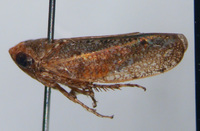 | Photo by: Bo Sullivan
Scotland Co.
Comment: female, 5.9 mm |
 | Photo by: Bo Sullivan
Scotland Co.
Comment: female, 5.9 mm | 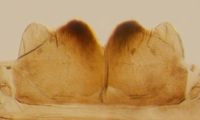 | Photo by: Bo Sullivan
Scotland Co.
Comment: female, 5.9 mm |
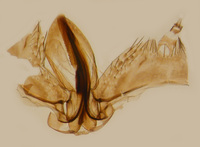 | Photo by: Bo Sullivan
Scotland Co.
Comment: female, 5.9 mm |  | Photo by: Bo Sullivan
Scotland Co.
Comment: male, 5.2 mm |
 | Photo by: Bo Sullivan
Scotland Co.
Comment: male, 5.2 mm |  | Photo by: Bo Sullivan
Scotland Co.
Comment: male, 5.2 mm |
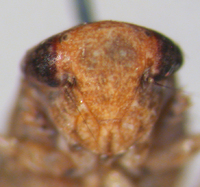 | Photo by: Bo Sullivan
Scotland Co.
Comment: male, 5.2 mm |  | Photo by: Bo Sullivan
Scotland Co.
Comment: male, 5.2 mm |
 | Photo by: Bo Sullivan
Scotland Co.
Comment: male, 5.2 mm | 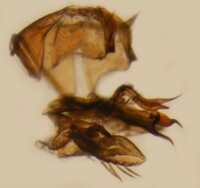 | Photo by: Bo Sullivan
Scotland Co.
Comment: male, 5.2 mm |
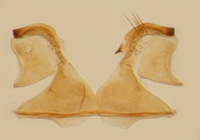 | Photo by: Bo Sullivan
Scotland Co.
Comment: male, 5.2 mm | 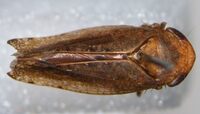 | Photo by: Bo Sullivan
Scotland Co.
Comment: female, 5.8 mm |
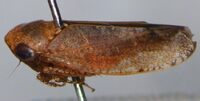 | Photo by: Bo Sullivan
Scotland Co.
Comment: female, 5.8 mm | 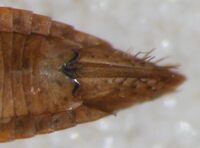 | Photo by: Bo Sullivan
Scotland Co.
Comment: female, 5.8 mm |
 | Photo by: Bo Sullivan
Scotland Co.
Comment: female, 5.8 mm | 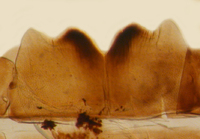 | Photo by: Bo Sullivan
Scotland Co.
Comment: female, 5.8 mm |
 | Photo by: Bo Sullivan
Scotland Co.
Comment: female, 5.8 mm | 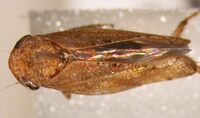 | Photo by: Bo Sullivan
Scotland Co.
Comment: male; 6.0 mm |
 | Photo by: Bo Sullivan
Scotland Co.
Comment: male; 6.0 mm | 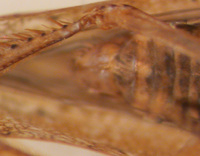 | Photo by: Bo Sullivan
Scotland Co.
Comment: male; 6.0 mm |
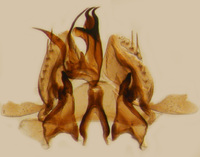 | Photo by: Bo Sullivan
Scotland Co.
Comment: male; 6.0 mm | 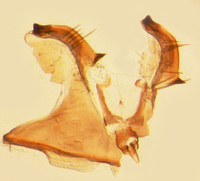 | Photo by: Bo Sullivan
Scotland Co.
Comment: male; 6.0 mm |
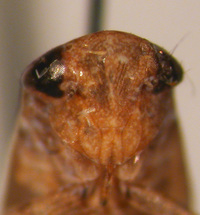 | Photo by: Bo Sullivan
Scotland Co.
Comment: male; 6.0 mm | 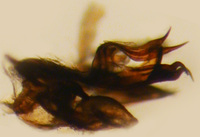 | Photo by: Bo Sullivan
Scotland Co.
Comment: male; 6.0 mm |
 | Photo by: Bo Sullivan
Scotland Co.
Comment: male; 6.0 mm | 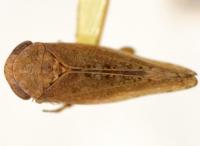 | Photo by: Kyle Kittelberger
Out Of State Co.
Comment: NCSU specimen |
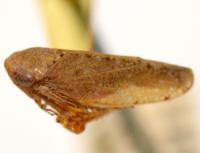 | Photo by: Kyle Kittelberger
Out Of State Co.
Comment: NCSU specimen | 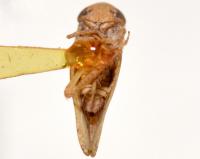 | Photo by: Kyle Kittelberger
Out Of State Co.
Comment: NCSU specimen |
|

 »
»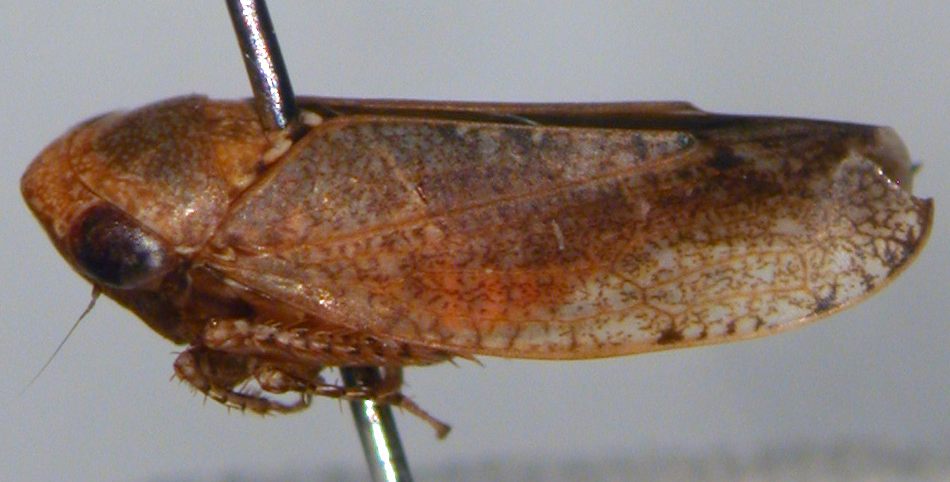
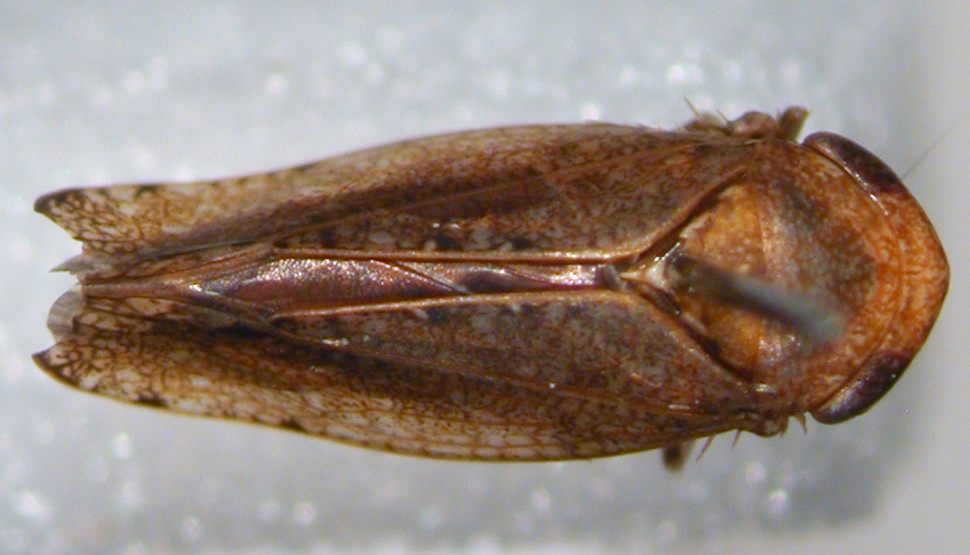
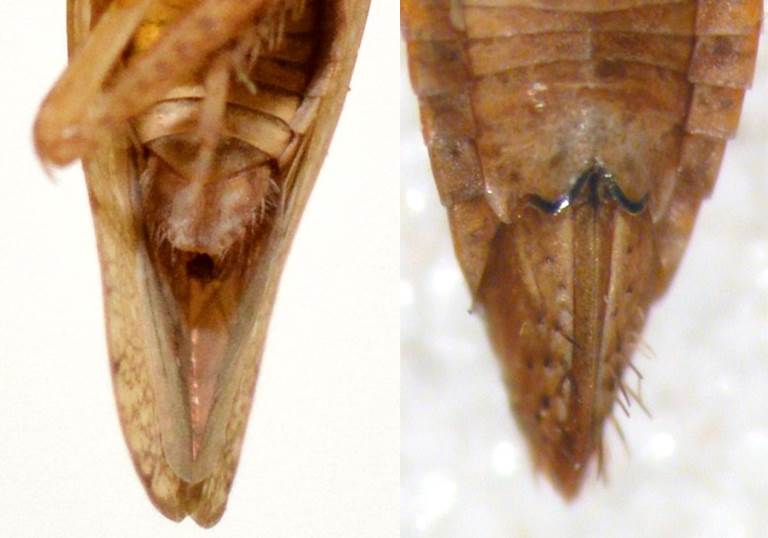


 »
»


